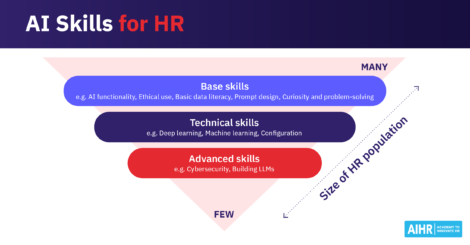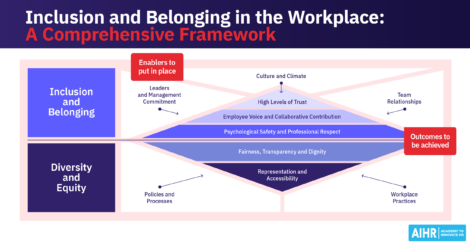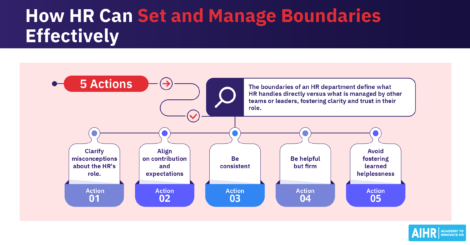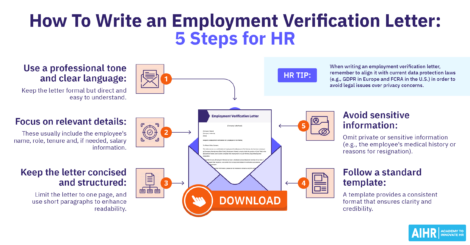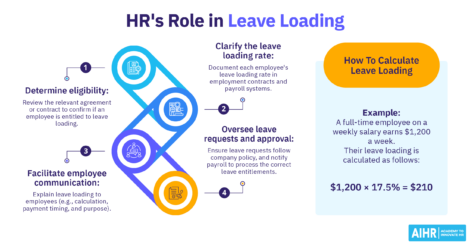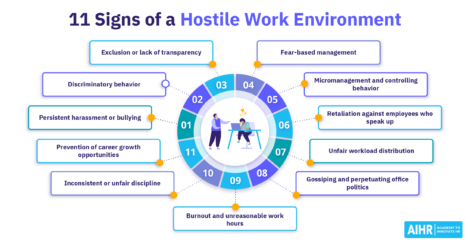How To Create an Authentic Employer Brand Experience: Lessons from ESPN
Your employer brand is more than a promise—it’s the experience your employees live every day. ESPN brought its brand to life internally, creating a seamless employee experience that aligns with its consumer promise and drives both engagement and loyalty, and you can do so too.

Employer brand strength has become a key source of competitive advantage in a market where skilled candidates have more choices. Talent wants to work for brands that align with their values, are authentic and vocal about what they stand for, and deliver on their promised employee value proposition. From a business perspective, organizations with a strong employer brand can reduce hiring costs by 50% and see increased performance compared to their peers.
Unfortunately, translating the employer brand promise into employees’ lived experiences has remained challenging for most. Employees have been left feeling disengaged and believing that the organization did not deliver on its promise of the workplace experience, leading to a lack of productivity and increased employee turnover.
In this article, we explore how ESPN uses its employer brand to drive employee experience and commitment. We share four actions any brand can take to achieve similar results and provide you with guiding questions to evaluate the connection between your employer brand and employee experience.
Contents
What is employer brand experience?
Mistakes companies make in shaping their employer brand experience
A story of employer brand experience at ESPN
4 things to learn from ESPN’s employer brand experience
Getting started in your organization
What is employer brand experience?
Employer brand experience refers to the perceptions, emotions, and overall experience that current and potential employees have with an organization as an employer. This concept encompasses every interaction and touchpoint that individuals have with the company, starting from recruitment and onboarding to everyday workplace culture, career development, and even the offboarding process.
A positive employer brand experience can lead to higher employee engagement, increased retention, and a stronger ability to attract top talent, while a negative experience can harm the company’s image, making it more challenging to recruit and retain skilled workers.
Mistakes companies make in shaping their employer brand experience
The past decade has seen a significant focus on employer branding, with many organizations spending vast resources to promote their employer brands to potential talent pools. Internally, the employer brand has been neglected. A lot of organizations have failed to deliver on the promises promoted by the external-facing employer brand.
Employees have taken to public platforms, such as Glassdoor and TikTok, to voice their discontent, often leading to a breakdown of trust and loyalty between employees and the organization.
Organizations have made four critical mistakes in employer brand initiatives:
Mistake 1: The external employer brand and internal employee experience do not align
For an employer brand to be effective, there needs to be alignment between its external messaging and positioning and how employees experience the brand in their day-to-day experiences.
For example, mortgage lender Better.com positioned itself as a tech-driven, employee-centric organization focusing on work-life balance, diversity, and inclusivity. However, employees reported a culture of micro-management, poor communication, abrupt layoffs, and little care for their wellbeing.
Besides the toxic workplace culture, this example highlights the mismatch between the externally promised experience and what employees encountered daily at the company.
Mistake 2: The employer brand is used as a talent marketing tool, as opposed to highlighting a realistic experience that the organization can deliver on
Many organizations believe their external-facing employer brand messages must stand out from their competitors, regardless of whether the brand can meet those expectations. For example, employer brands often highlight flexibility and choice as critical parts of their value proposition for employees. Yet, when employees join, they find rigid policies with limited flexibility to be the reality.
In contrast, consulting firm McKinsey explicitly states that working for them will require long hours, but in exchange, individuals will gain access to working on innovative projects with teams from across the world. In this example, the employer brand provides a realistic perspective of what talent can expect, enabling aspiring employees to decide if they want to pursue this opportunity.
Mistake 3: Employer brand is used to drive awareness and talent attraction, as opposed to a focus on engagement, productivity and retention
A large number of employers measure the success of the employer brand by the ability to create awareness in target talent pools. Although this is important, it only highlights one objective of the employer brand. Employer brand needs to focus both externally and internally, and a clear link to employees’ lived experiences is crucial.
For employer brands to be effective, the same amount of focus is required internally to keep employees committed to the promise of the employer brand. There has to be a strong relationship between employer brand (what we promise), employee value proposition (what we offer), and employee experience (how we deliver). If these three practices are not aligned, employer brands lose all credibility.
Mistake 4: The employer brand is not connected to the consumer brand and its promise
Often, there is a disconnect between the employer and consumer brands. This is problematic, as employees should be aligned with the overall brand promise. Where this is not the case, employees experience the employer brand as inauthentic.
For example, Boeing’s consumer brand promises safety and sustainability while striving for engineering excellence. Recent events, however, have highlighted that internally, employees were asked to take shortcuts, compromising the safety of their consumers and not living up to the set standards they promote.
A story of employer brand experience at ESPN
ESPN has lived up to its promise as a consumer and employer brand. In the interview with Dayana Falcon, Talent Mobility Manager at ESPN below, we unpack how ESPN authentically and sustainably made its employees fall in love with its brand:
ESPN faced the challenge of increasing internal mobility and making employees more aware of career opportunities within the company. They wanted to help their employees manage their careers effectively while staying true to the essence of the ESPN brand.
As a global leader in sports media, ESPN’s brand focuses on the power of sports to bring people together and showcase how sports can be for everyone. Their goal was to create a strategy that would align this core message with their internal employee experience, helping employees navigate career development within the company.
To address this, the team created a solution that would resonate with their unique brand identity by “gamifying” careers. They developed an immersive ESPN Career Center where employees could visualize their career paths using sports metaphors. For example, career starters were likened to track and field athletes sprinting toward fast growth. In contrast, career shifters were compared to NASCAR drivers preparing for a new race. This approach allowed employees to see their career development through a sports lens, reinforcing ESPN’s identity while offering practical career navigation tools.
In addition to these engaging metaphors, ESPN introduced an “All Stars” program, encouraging employees to submit their best work and have it voted on by their peers. Similar to how fans upvote top sports highlights, this initiative allowed the top 16 entries to receive recognition.
This program celebrated employee achievements and fostered a competitive spirit, mimicking the excitement and energy found in sports. This alignment of the ESPN employer brand with its consumer brand created a seamless experience for employees, where the essence of ESPN was present in all aspects of their work lives.
Rewards tied into the core ESPN product further reinforced this connection. Employees were given opportunities to earn sport-related experiences, such as VIP tickets to major events like the Masters, making the rewards as exciting and relevant as the content they produced. These incentives were not just workplace perks; they were experiences that mirrored the same passion for sports that ESPN delivers to its audience. By integrating these rewards, ESPN effectively bridged its consumer brand with its internal culture.
Furthermore, ESPN used its own media platforms to celebrate these initiatives, creating the same hype and excitement typically seen around sporting events. Integrating new media channels to share employee successes and initiatives made the internal employee experience as thrilling as the on-air content. This strategy, centered on aligning the ESPN consumer and employer brand with the employee experience, successfully motivated employees and drove internal mobility, creating a workplace that lived and breathed the ESPN identity.
4 actions to implement from ESPN’s employer brand experience
Any brand can use a similar approach to make employees authentically experience their brand. Using the ESPN case as an example, we highlight four actions that all organizations can implement to make their employees experience their brand authentically:
Action 1: Understand the core promise of your consumer and your employer brand
Adopting this approach starts by understanding what your consumer brand promises to clients and how the business delivers on that promise.
For example, Nike’s consumer brand focuses on wellbeing and fitness, prompting consumers of Nike Products to “Just Do It.” Their employer brand uses these same principles by ensuring employees access health facilities and wellness programs and promoting work-life balance.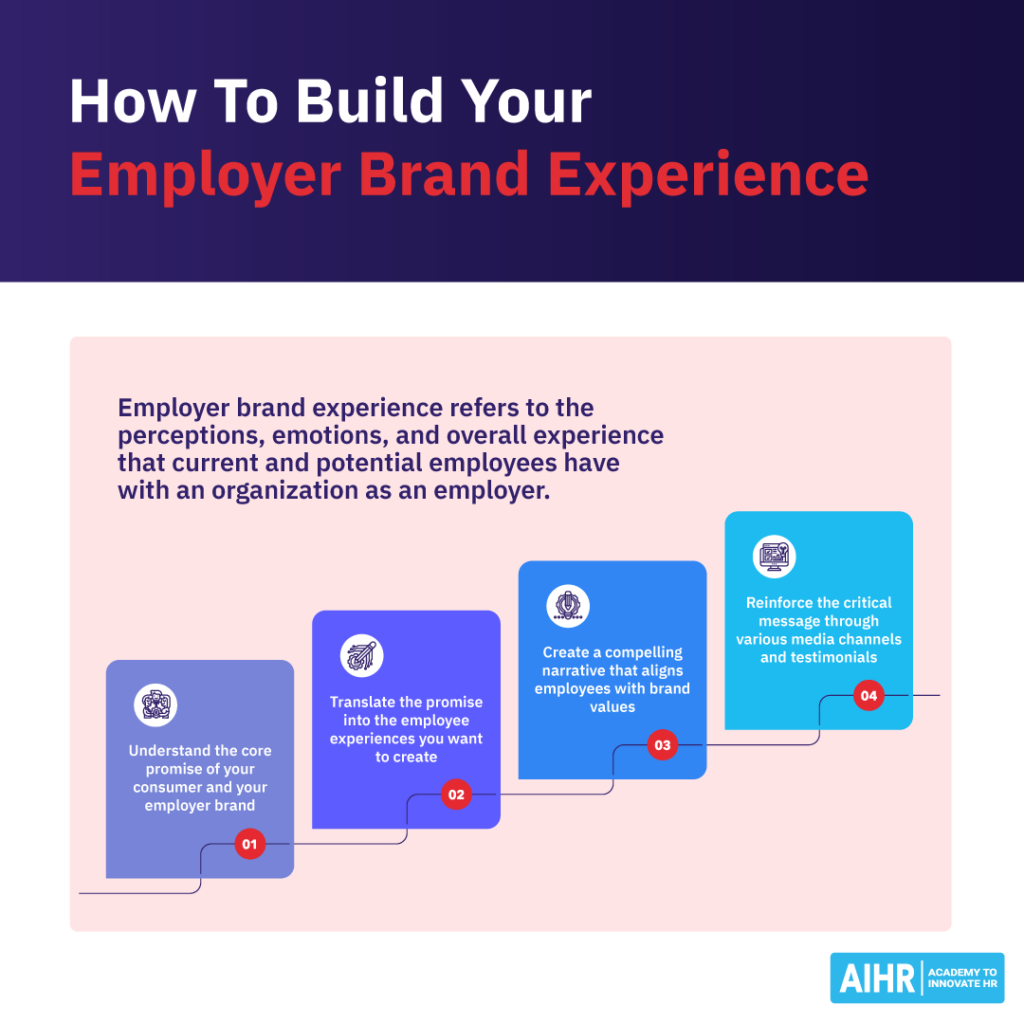
Action 2: Translate the promise into the employee experiences you want to create
Once you understand the consumer and employer brand experience, you must translate it into set employee experiences.
A good example is HubSpot, which promises technology that helps organizations attract, engage, and delight customers. Their employee experience is based on these same principles and includes specific experiences that drive these principles. Their culture code is a publicly available document, and they use the same techniques to share best practices with their customers and information with their employees.
Action 3: Create a compelling narrative that aligns employees with brand values
To effectively manage the internal employer brand, it’s essential to develop a clear and engaging story that resonates with employees. This narrative should serve as a tool to translate key moments that matter to employees into tangible experiences.
It should also emphasize the core elements of the employer brand promise and demonstrate how the organization is actively turning that promise into a reality within the workplace. This approach helps foster a deeper connection between employees and the brand.
For example, a fast-growing tech company could craft a compelling internal narrative around the theme “Shaping the Future Together” to align employees with its core values of innovation, collaboration, and wellbeing. By highlighting real examples of team-driven innovation, cross-functional collaboration, and initiatives supporting employee wellbeing, the company makes its employer brand promise tangible.
Sharing this narrative through onboarding, internal communications, and employee testimonials helps employees feel emotionally connected to the brand and reinforces their engagement with the organization.
Action 4: Reinforce the critical message through various media channels and testimonials
Once in place, these messages need to be reinforced, and “proof points” need to be found to back up these claims. Employee testimonials are a great way of showcasing how employees experience the employer brand. If done well, they can carry more credibility than formal communication campaigns.
Getting started in your organization
Reshaping your employer brand experience may seem daunting, but improved employee engagement, retention, and talent attraction make it worth it. Here are guiding questions that HR professionals can use to get started:
- What type of business are we and what do we offer?
- What do we promise our customers and candidates?
- How can we translate this promise to our employees?
- Which HR priority can we use to drive this promise and experience?
- What does this experience look like for employees regarding what they think, feel, and do?
- Who do we need around the table to get started?
Final words
Creating an authentic employer brand experience is crucial to ensuring the engagement and loyalty of your workforce. It’s no longer enough for the employer brand to serve solely as a promise to potential hires—it must be reflected in the daily experiences of current employees. When companies successfully translate what they promise customers into how they design and deliver the employee experience, they are well on their way to creating a fulfilling work environment.
Learn more
Related articles
Are you ready for the future of HR?
Learn modern and relevant HR skills, online







